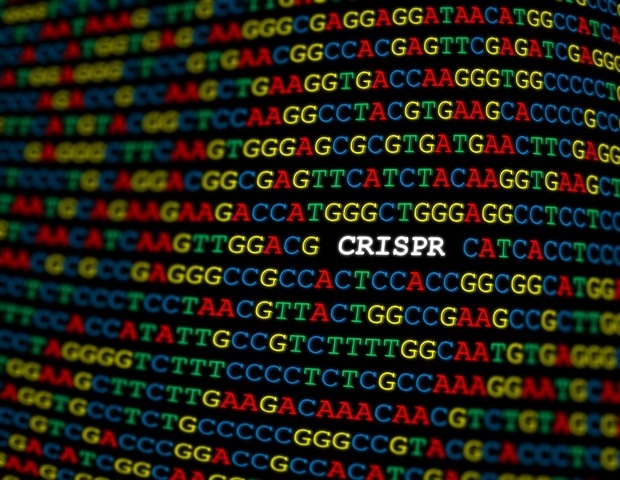
[ad_1]
A compact and efficient CRISPR-Cas system, named CasMINI, could be of great benefit for cell engineering and gene therapy applications because it is easier to deliver into cells. The results appear in a study published Sept. 3 in the journal Molecular cell.
This is a crucial step for CRISPR genome engineering applications. The work presents the smallest CRISPR to date, to our knowledge, as a genome editing technology. If people sometimes think of Cas9 as molecular scissors, here we have created a swiss army knife with multiple functions. It’s not a big one, but a miniature which is very portable for easy use. “
Stanley Qi, lead author of the study, Stanford University
The development of CRISPR-Cas systems for human cells has revolutionized genome engineering. These systems provide opportunities for the development of gene therapies for a variety of genetic diseases. But their large sizes often limit delivery into cells and thus hamper clinical applications. For example, adeno-associated virus (AAV), a vector widely used for in vivo delivery, has a limited payload packaging capacity (less than 4.7 kb), and many Cas fusion proteins exceed this limit. As a result, there is a need to design compact and highly efficient Cas systems to facilitate the next generation of genomic engineering applications.
One potential solution is Cas12f, also known as Cas14. With between 400 and 700 amino acids, the protein is less than half the size of CRISPR systems currently in use such as Cas9 or Cas12a. But until now, it was not clear whether this compact protein could be used in mammalian cells. “In recent years have identified thousands of CRISPR, which are known as the immune defense system of bacteria,” explains Qi. “However, over 99.9% of the CRISPRs discovered cannot function in human cells, which limits their use as genome editing technologies.”
In the new study, Qi and his team applied RNA and protein engineering to the Cas12f system to generate an efficient miniature Cas system for engineering the mammalian genome. Derived from archaea, the natural Cas12f protein and its single guide RNA showed no detectable activity in mammalian cells. By optimizing the design of the single-guide RNA and performing several rounds of iterative protein engineering and screening, the researchers generated a class of Cas12f variants named CasMINI.
The modified Cas12f protein variants combined with modified single guide RNAs exhibited efficient gene regulation and editing activity. Researchers have demonstrated that CasMINI can cause high levels of gene activation comparable to those associated with Cas12a and enables robust basic editing and gene editing. In addition, it is highly specific and does not produce detectable off-target effects.
“Here, we are transforming a non-functional CRISPR in mammalian cells, via rational RNA engineering and protein engineering, into a highly efficient functional CRISPR,” said Qi. “Other efforts have already been made to improve the performance of working CRISPRs. But our work is the first to make another work that doesn’t work. It highlights the power of bioengineering to achieve something that evolution has not yet done. “
The size of the modified CasMINI molecule is only 529 amino acids. This small size makes it suitable for a wide range of therapeutic applications. For example, CasMINI fusion proteins are well suited for AAV packaging. In addition, CasMINI mRNA can be easily packaged in lipid nanoparticles or other RNA delivery modalities, potentially enhancing its entry into cells. Its small size and source of non-human pathogens could make it less likely to produce immune responses than large protein payloads would.
Further work is needed to further optimize the efficiency of CasMINI for database and gene editing and to test system performance in vivo with different delivery methods. The researchers plan to test the system for in vivo gene therapy applications.
“The availability of a miniature CasMINI allows new applications, ranging from in vitro applications such as designing better tumor-killing lymphocytes or reprogramming stem cells for in vivo gene therapy to treat genetic diseases of the eyes, muscles or liver, ”Qi said. “It’s on our wish list that it will become a therapy to treat genetic diseases, cure cancer and reverse organ degeneration. “
Source:
Journal reference:
Xu, X., et al. (2021) Miniature CRISPR-Cas system designed for the regulation and editing of the mammalian genome. Molecular cell. doi.org/10.1016/j.molcel.2021.08.008.
Source link